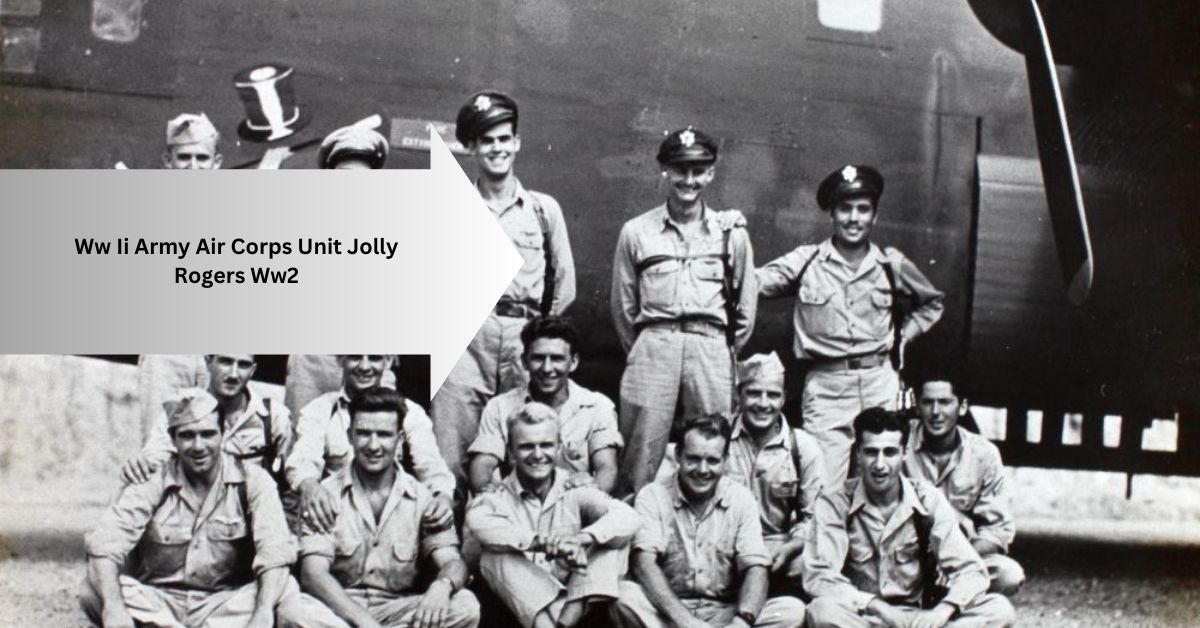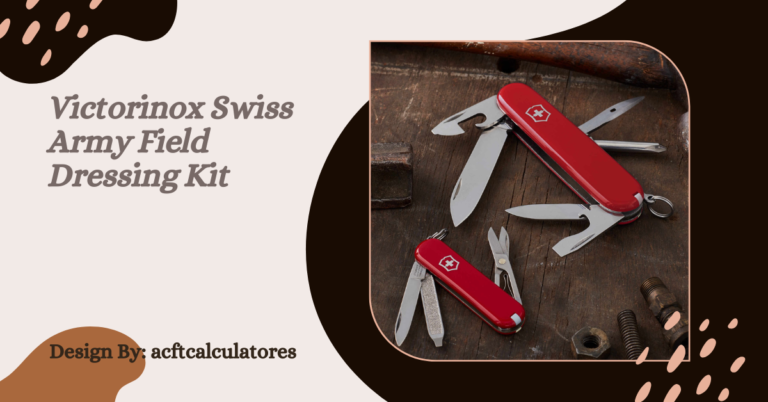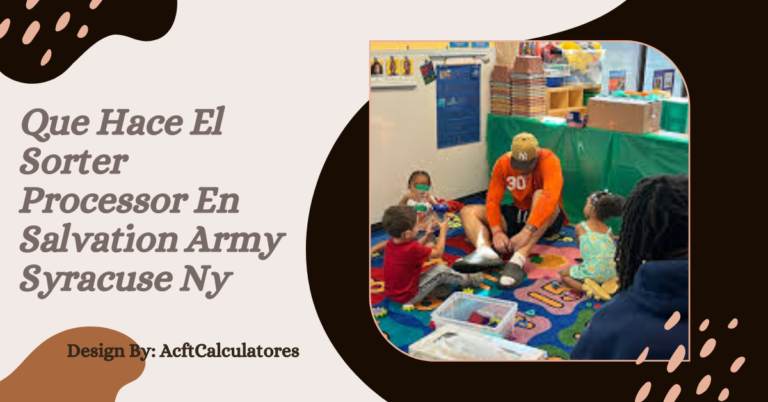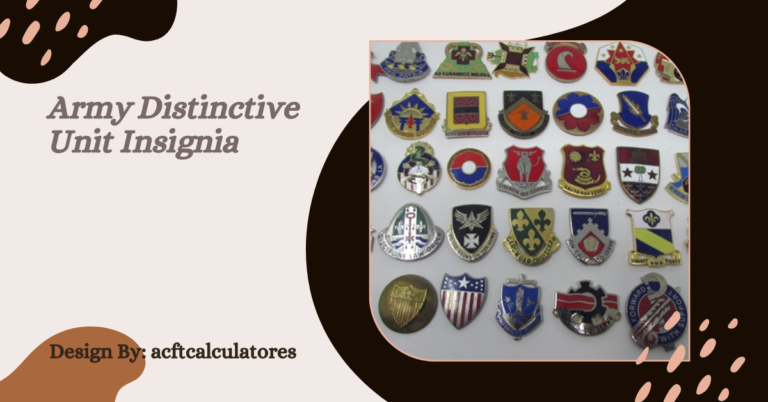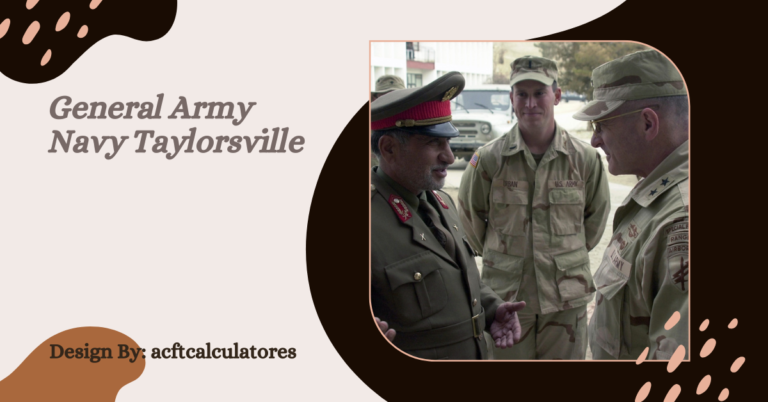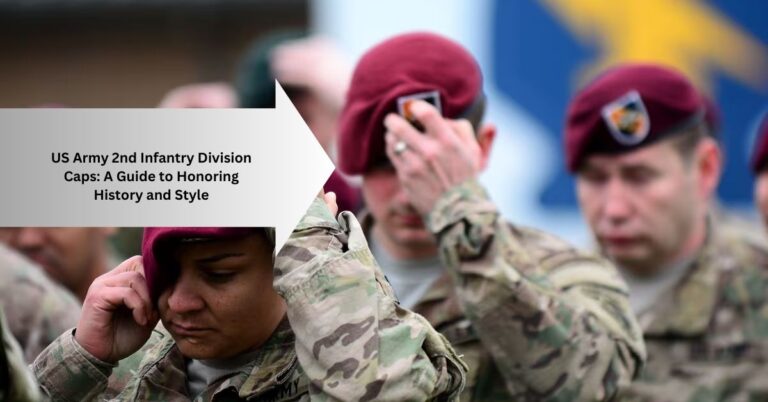Ww Ii Army Air Corps Unit Jolly Rogers Ww2
The WWII Army Air Corps Unit Jolly Rogers WW2 played a significant role in the Pacific Theater during World War II, known for their fearless aerial operations and their unique insignia of a skull and crossbones.
This article delves into the history, achievements, and legacy of this legendary unit, offering insight into their crucial contributions to the war effort.
The Formation of the Jolly Rogers:
The WWII Army Air Corps Unit Jolly Rogers WW2, officially known as the 90th Bombardment Group (Heavy), was activated in 1942. It was part of the 5th Air Force and became one of the most formidable units operating in the Southwest Pacific Theater.
The unit was equipped with B-24 Liberator bombers, and their infamous skull and crossbones insignia symbolized their fierce determination and fighting spirit.
1. Early Operations:
The Jolly Rogers’ first mission occurred shortly after their formation, targeting Japanese forces in Papua New Guinea and surrounding areas. They quickly earned a reputation for their effectiveness, participating in key bombing raids that weakened enemy supply lines and infrastructure. Their ability to strike deep into enemy territory made them one of the most feared units in the Pacific.
Notable Achievements:
The WWII Army Air Corps Unit Jolly Rogers WW2 was involved in several critical campaigns. Among their most notable achievements were:
- Strategic Bombing Missions: The Jolly Rogers played a pivotal role in crippling Japanese airfields, ports, and supply routes. Their ability to disrupt logistics and communications earned them multiple commendations.
- Distinguished Unit Citations: The unit received two Distinguished Unit Citations for their exceptional bravery and efficiency in battle. These awards were given for their outstanding performance during particularly dangerous and critical missions, where they faced overwhelming odds but completed their objectives with precision.
- Philippine Presidential Unit Citation: The Jolly Rogers were honored with this award for their efforts in the liberation of the Philippines. Their bombing raids supported ground forces and helped weaken Japanese positions, enabling Allied advances.
The Legacy of the Skull and Crossbones:
The WWII Army Air Corps Unit Jolly Rogers WW2 is remembered not only for their combat prowess but also for their distinctive insignia. The skull and crossbones symbol, traditionally associated with pirates, became a powerful emblem of fearlessness and unity within the unit. It reflected their mentality of confronting danger head-on, often flying into the most heavily defended enemy positions.
1. The Whisperers of Death:
Known as the “Whisperers of Death” due to their stealthy yet devastating attacks, the Jolly Rogers left a lasting impression on both their allies and enemies. Their name alone became synonymous with successful bombing runs that brought heavy losses to Japanese forces.
The unit’s motto, “We Do It Best,” exemplified their commitment to excellence and their unrivaled determination to see each mission through, no matter the challenges.
The Jolly Rogers’ Aircraft:
The B-24 Liberators, flown by the WWII Army Air Corps Unit Jolly Rogers WW2, were known for their range and bomb capacity, making them ideal for the long missions over the Pacific.
These aircraft were often modified with additional armor and armament to withstand the intense anti-aircraft fire they encountered on their missions. Despite the dangers, the Jolly Rogers maintained an impressive record of completing their objectives with minimal losses.
1. Iconic Bombing Runs:
Some of the most iconic bombing runs performed by the Jolly Rogers included raids on Japanese installations in the Bismarck Archipelago, Rabaul, and the Philippines.
These missions were critical in turning the tide of the war, weakening Japan’s ability to sustain its war effort and paving the way for Allied advances.
Recognition and Honors:
The accomplishments of the WWII Army Air Corps Unit Jolly Rogers WW2 did not go unnoticed. Along with the previously mentioned Distinguished Unit Citations and Philippine Presidential Unit Citation, the Jolly Rogers were recognized with numerous campaign streamers for their participation in six major campaigns. These honors serve as a testament to their skill, bravery, and contribution to the overall success of Allied forces in the Pacific.
1. Evolution of the Jolly Rogers’ Tactics:
As the war progressed, the WWII Army Air Corps Unit Jolly Rogers WW2 continuously adapted their strategies to meet the changing demands of the Pacific Theater. Early in the war, their missions focused primarily on long-range bombing runs, targeting enemy supply depots, airfields, and naval installations.
However, as Japanese forces became more entrenched and defensive measures increased, the Jolly Rogers had to modify their tactics. They began incorporating low-altitude bombing techniques to enhance accuracy and evade enemy radar. These new tactics required greater precision and posed increased risks, but the Jolly Rogers’ adaptability and skill ensured their success in these dangerous operations.
2. Technological Innovations:
The WWII Army Air Corps Unit Jolly Rogers WW2 also benefited from technological advancements during their service. As part of the 5th Air Force, they were among the first units to receive upgrades to their B-24 Liberators, including enhanced navigation systems, improved bomb sights, and more powerful defensive armaments. These advancements allowed them to carry out more precise bombing runs, even in adverse weather conditions or at night. Additionally, the Jolly Rogers worked closely with ground engineers to continually optimize their aircraft for better performance. This emphasis on technology gave the unit a crucial edge, allowing them to conduct longer and more effective missions against the Japanese forces.
3. Camaraderie and Unit Culture:
Beyond their combat achievements, the sense of camaraderie and shared purpose within the WWII Army Air Corps Unit Jolly Rogers WW2 was one of the defining features of the unit. Their unique skull and crossbones insignia not only symbolized their fearlessness in battle but also fostered a strong sense of identity and brotherhood among the airmen. They took pride in their nickname, often painting elaborate nose art on their bombers to reflect the “pirate” theme. This strong unit culture helped build resilience in the face of danger and contributed to the high morale that was critical to their success in some of the most grueling campaigns of the Pacific war.
4. Post-War Legacy and Continued Influence:
After World War II, the WWII Army Air Corps Unit Jolly Rogers WW2 was deactivated, but their legacy continued to inspire future generations of airmen. The unit’s history is preserved through books, documentaries, and commemorations, ensuring that their contributions to the war effort are not forgotten. Furthermore, modern military units, particularly in the U.S. Air Force, have drawn inspiration from the Jolly Rogers’ iconic insignia and fearless combat record. Their daring spirit and tactical innovations continue to influence the development of air combat strategies, making the Jolly Rogers a lasting symbol of American ingenuity and heroism in military aviation history.
Conclusion:
The WWII Army Air Corps Unit Jolly Rogers WW2 remains one of the most celebrated units in the history of American military aviation. Their legacy of bravery, precision, and resilience continues to inspire generations of airmen. From their iconic skull and crossbones insignia to their pivotal role in major campaigns, the Jolly Rogers’ contributions to World War II were instrumental in securing victory in the Pacific Theater.
In summary, the WWII Army Air Corps Unit Jolly Rogers WW2 was more than just a combat unit—they were symbols of the indomitable spirit that defined the Allied effort during World War II. Through their daring missions, they helped change the course of the war, earning their place in history as one of the most respected and feared units of the conflict.

